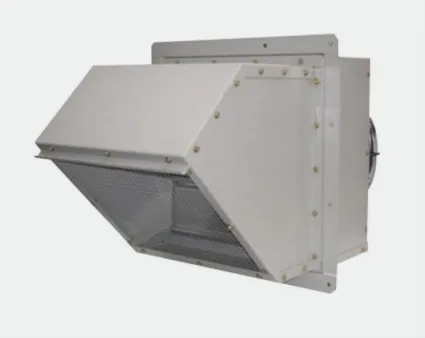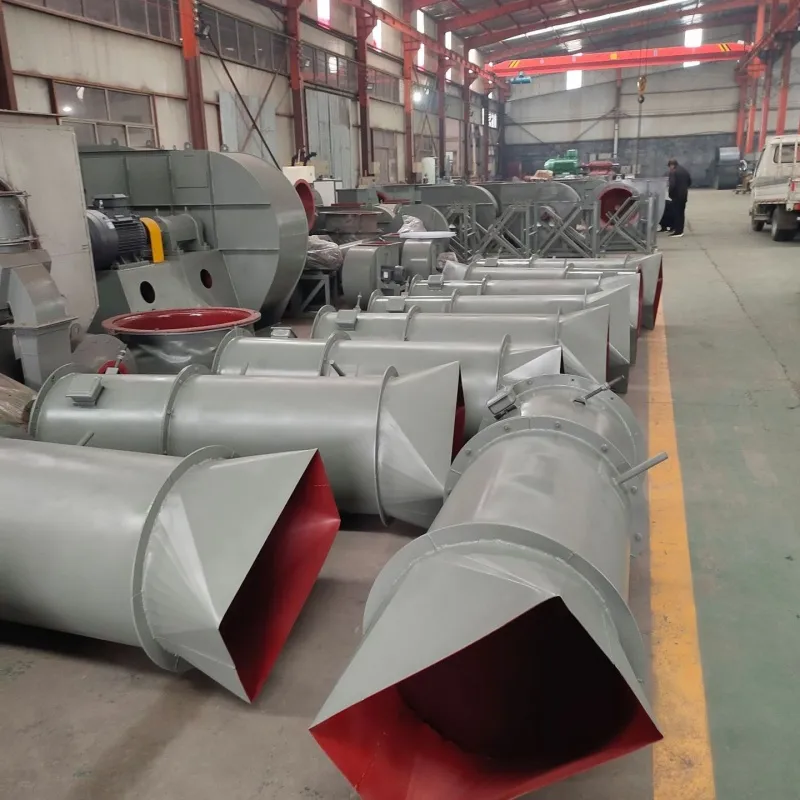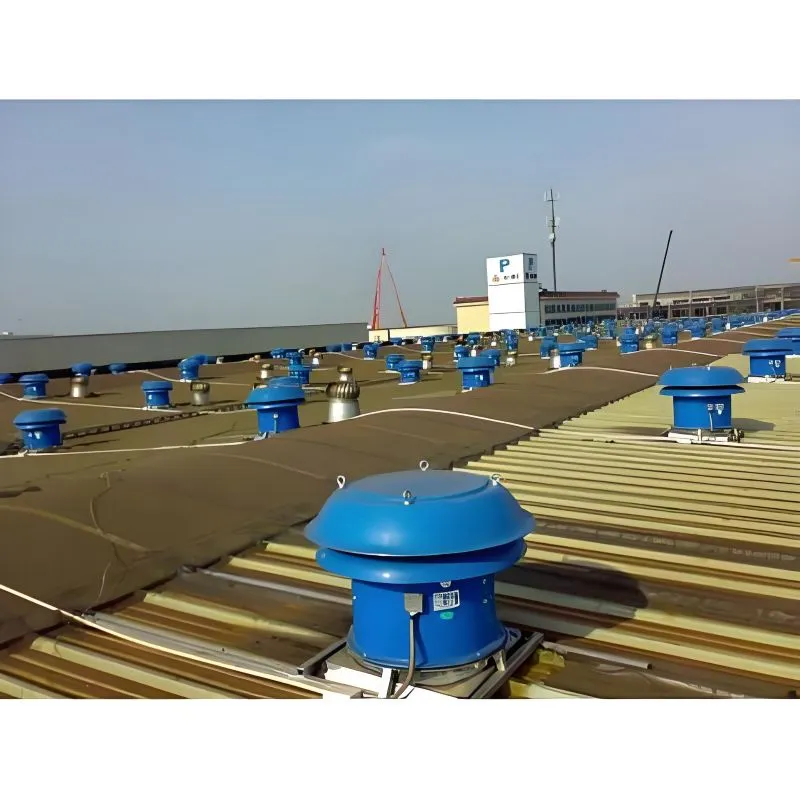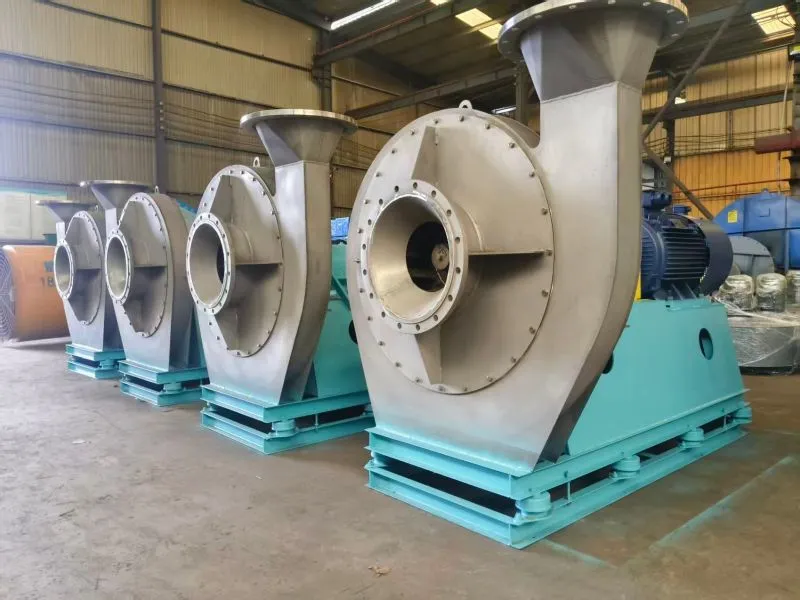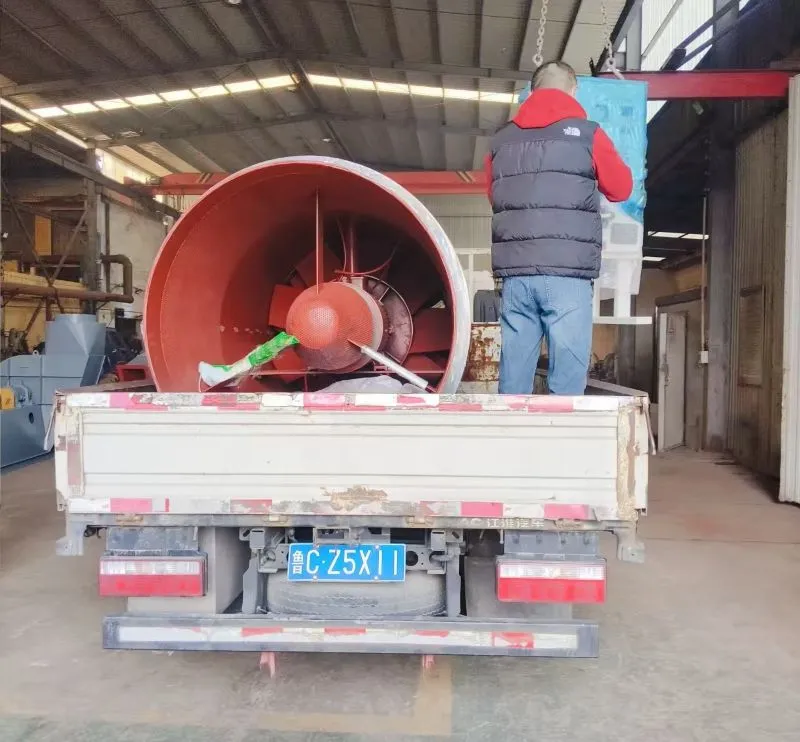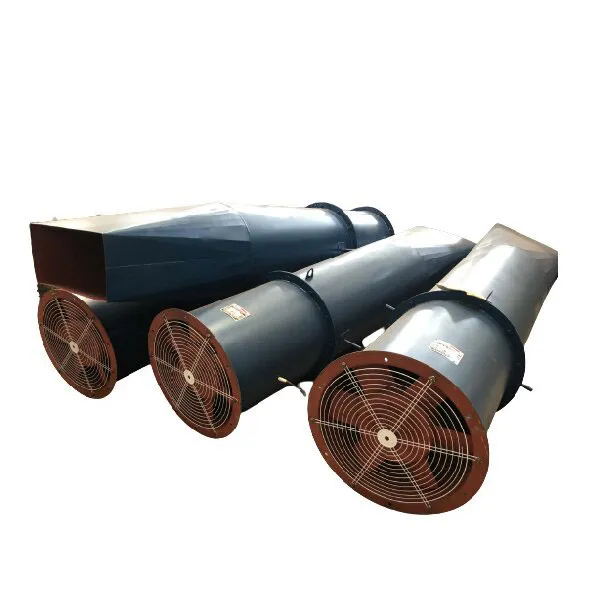د مسودې هڅول شوي مینه وال د بریښنا د فابریکو د موثریت په لوړولو کې خورا مهم رول لوبوي مګر ډیری وختونه کم اټکل شوی. په صنعت کې ډیری ممکن د دوی اهمیت له پامه غورځوي ، دوی یوازې د بریښنا تولید لوی سکیم کې د شالید لوبغاړو په توګه ګوري. په هرصورت، د نبات په عمومي فعالیت باندې د دوی اغیز د پام وړ دی، د عملیاتي موثریت څخه د اخراج کچې پورې هرڅه اغیزه کوي.
د هڅول شوي مسودې مینه والو په اهمیت پوهیدل
هڅول شوي مسوده پرستار د فرنس د غوره خلا ساتلو لپاره لازمي دي، د بویلر څخه د فلو ګازونو په لرې کولو کې مرسته کوي او چمني ته یې لیږدوي. دا یو خوندي او پاک کاري چاپیریال رامینځته کوي. هغه موثریت چې دوی یې راوړي یوازې د فلو ګازونو په لرې کولو کې نه دریږي؛ دوی د تیلو د احتراق موثریت باندې مستقیمه پایله لري، کوم چې مستقیم د بریښنا د فابریکې د ټولیز موثریت سره تړاو لري.
د ډبرو سکرو څخه جوړ شوی یو ځانګړی پلانټ واخلئ — په مؤثره توګه د اخراج ګازونو جریان اداره کولو سره، دا پرستار په بویلر کې د ښه احتراق لپاره اجازه ورکوي، د سونګ مصرف کموي او ضایعات کموي. ښه احتراق پدې معنی دی چې د تیلو څخه ډیر انرژي استخراج کیږي، چې د نبات فعالیت ښه کوي.
اوس ، ټول مینه وال مساوي ندي رامینځته شوي. د مثال په توګه، د زیبو هونګچینګ فین شرکت په څیر شرکتونه، د 50 لړۍ او 600 موډلونو سره د حل پراخه لړۍ وړاندې کوي. د دوی په ذخیره کې شامل دي سنټرفیوګال وینټیلیټرونه او د زنګ په وړاندې مقاومت لرونکي مینه والد مختلفو صنعتي اړتیاوو او چاپیریالونو د پوره کولو لپاره جوړ شوی.
د موثریت او اخراج کنټرول باندې اغیزه
د هڅول شوي مسودې فین څخه د موثریت لاسته راوړنې یوازې د احتراق لوړولو پورې محدود ندي. د فلو ګازونو د سم لرې کولو ډاډ ترلاسه کولو سره، دا پرستار د اخراج په کمولو کې هم رول لوبوي. مؤثره وینټیلیشن ډاډ ورکوي چې ککړونکي په سیسټم کې نه پاتې کیږي، په دې توګه د وتلو سیسټمونو له لارې د دوی کنټرول شوي خوشې کول اسانه کوي.
د سخت محیطي معیارونو سره په ترتیباتو کې، لکه هغه چې د NOx او SOx کم اخراج ته اړتیا لري، د هڅول شوي مسودې مینه والو رول نوي ارزښت لري. دوی نه یوازې د بریښنا فابریکې موثریت ته وده ورکوي ، بلکه په فعاله توګه د چاپیریال مقرراتو سره موافقت ساتلو کې مرسته کوي.
سربیره پردې ، د فین ډیزاین او توکو کې نوښتونه (فکر وکړئ سټینلیس سټیل او د زبا هانګچینګ فین شرکت ، لمیټډ په څیر تولید کونکو څخه د سینګار مقاومت اجزا) یوازې د دوی موثریت زیاتوي. دا پرمختګونه ډاډ ورکوي چې مینه وال کولی شي د سخت عملیاتي چاپیریال سره مقاومت وکړي ، پدې توګه د دوی د خدماتو ژوند اوږدوي او د ساتنې سرونه کموي.
په تطبیق کې ننګونې او نظرونه
د دوی د ګټو سره سره، یوځای کول هڅول شوي مسوده مینه وال له ننګونو پرته نه ده. د میخانیکي بې کفایتۍ ، شور او کمپن له امله د انرژي ضایع دوامداره اندیښنې دي. د فین ډولونو محتاط انتخاب او د پرمختللي کنټرول سیسټمونو کارول کولی شي دا مسلې کمې کړي.
یوه بیلګه په ذهن کې راځي: یو نبات چې د فین اندازه یې کمه اټکل کړې عملیاتي خنډونو سره مخ شوي ځکه چې د دوی واحدونه نشي کولی اړین مسوده وساتي. د دقیقې محاسبې او مناسب حلونو اهمیت په اړه درسونه زده کړل چې د زیبو هونګچینګ په څیر شرکتونه چمتو کوي.
یو باید د ابتدايي پانګې اچونې او اوږدې مودې لاسته راوړنو ترمنځ د سوداګرۍ بندونه هم په پام کې ونیسي. د لوړ موثریت پرستار اکثرا په پریمیم کې راځي، مګر د انرژۍ سپمولو او د نبات د تولید ښه والی له لارې د پانګې اچونې بیرته راستنیدل معمولا لګښت توجیه کوي.
د قضیې مطالعې: د ریښتینې نړۍ غوښتنلیکونه
د ریښتیني نړۍ مثالونو ته په کتلو سره ، په مینځ لویدیز کې د بریښنا فابریکه د غیر موثر احتراق سره ننګونو سره مخ وه چې د لوړ اخراج لامل کیږي. د زیبو هونګچینګ ماډلونو سره د دوی هڅول شوي مسودې مینه والو ته وده ورکولو سره ، دوی نه یوازې د احتراق موثریت ښه کړی بلکه په اخراج کې د اندازه کولو وړ کمښت هم ترلاسه کړی.
دا تعدیل یوازې د تجهیزاتو د بیا رغونې په اړه نه و. پدې کې د نبات د ځانګړو شرایطو پوهیدل، د سم فین ماډلونو غوره کول، او د عملیاتي پیرامیټونو اصلاح کول شامل دي ترڅو د تقاضا د بدلون کچه سره سمون ومومي. پایله د نبات په ټولیز فعالیت کې د پام وړ وده وه، چې د تولید او تنظیمي اهدافو سره سمون لري.
دا ډول قضیې دا ثابتوي چې پداسې حال کې چې مینه وال ممکن د خورا پراخه سیسټم یوه برخه وي، د دوی مناسب ادغام او عملیات کولی شي د پام وړ ګټو لامل شي، د بریښنا تولید نازک متوازن ایکوسیستم په ګوته کوي.
د بریښنا تولید کې د هڅول شوي مسودې پرستار راتلونکي
په پام کې نیولو سره ، د بریښنا په فابریکو کې د هڅول شوي مسودې پرستار رول به احتمال پراخه شي. د موادو ساینس او د هوا جریان متحرکاتو کې نوښتونه به د امکان تر حده فشار ته دوام ورکړي ، دا مینه وال به نور هم اغیزمن او د تطبیق وړ کړي.
لکه څنګه چې د بریښنا فابریکې په زیاتیدونکي توګه په موثریت، پایښت، او د اخراج کمولو تمرکز کوي، دا پرستار به د نوي ستراتیژیو مهمې برخې شي چې د راتلونکي انرژۍ ننګونو سره د مقابلې لپاره ډیزاین شوي. د ډیجیټل کولو او سمارټ سیسټمونو په لور تمایل پدې معنی دی چې راتلونکي مینه وال ممکن د لوړې کچې اتومات او وړاندوینې ساتنې وړتیاوې هم وړاندې کړي.
په پایله کې، پداسې حال کې چې دوی ممکن د نندارې ستوري نه وي، هڅول شوي مسودې مینه وال د ملاتړي کړنو لپاره اړین دي چې د بریښنا تولید جادو ممکنه کوي. د موثریت لوړولو ، اخراج کمولو او راتلونکي اړتیاو سره د موافقت کولو لپاره د دوی وړتیا ژمنې کوي ترڅو دوی د راتلونکو کلونو لپاره د انرژي بحثونو او نوښتونو کې ضمیمه وساتي.









